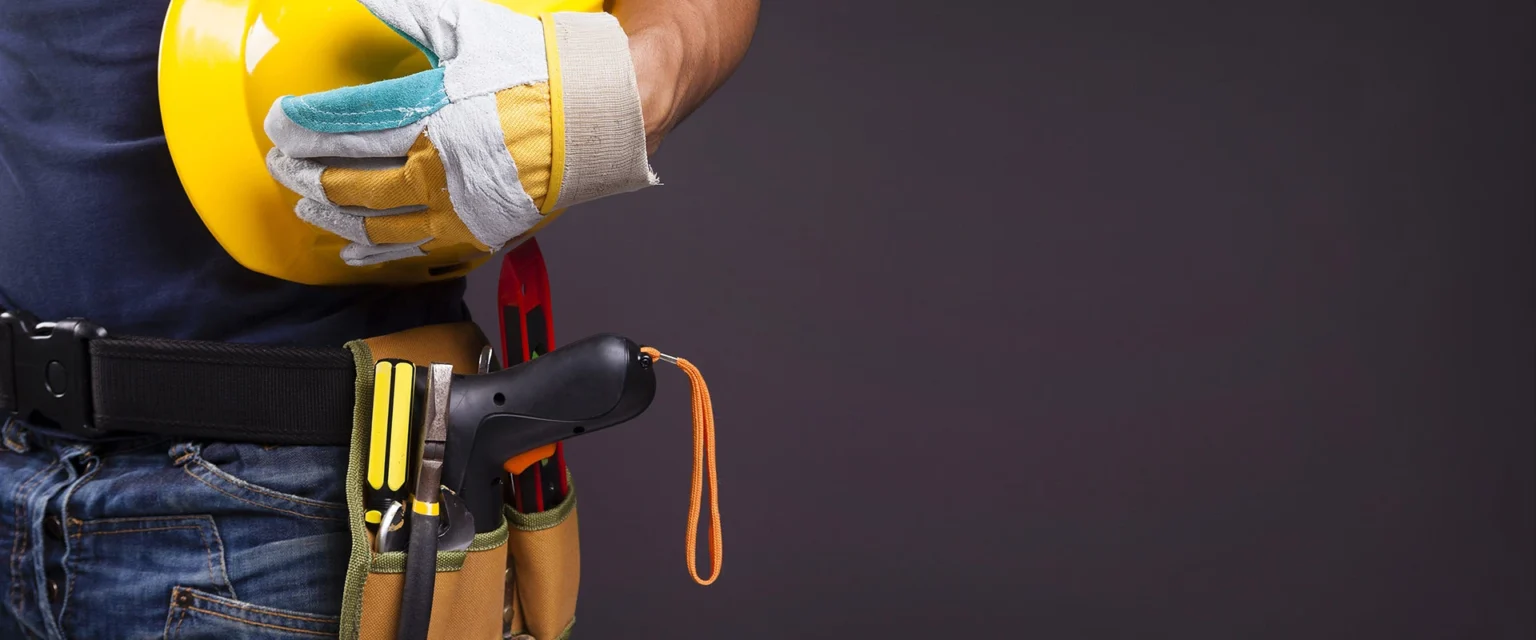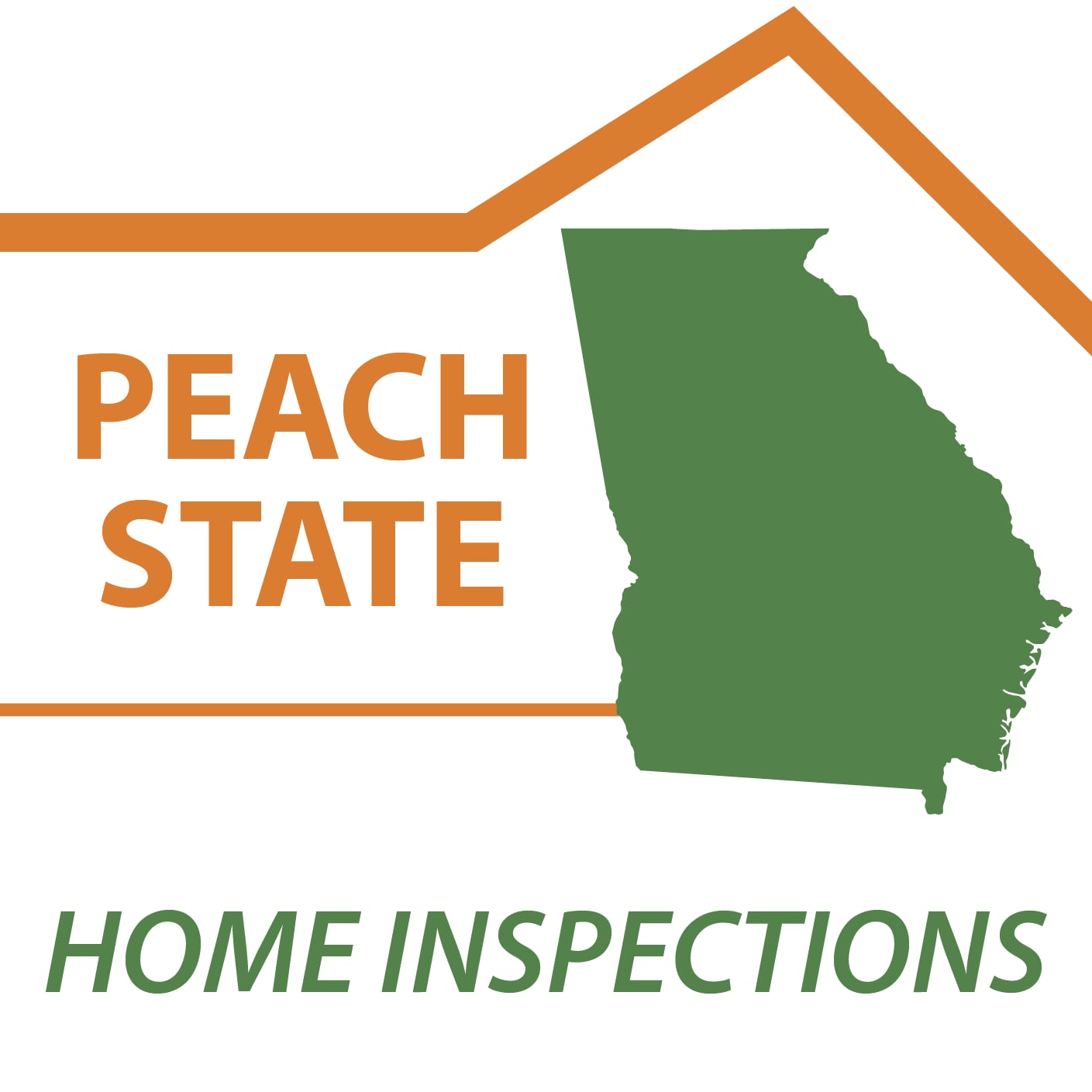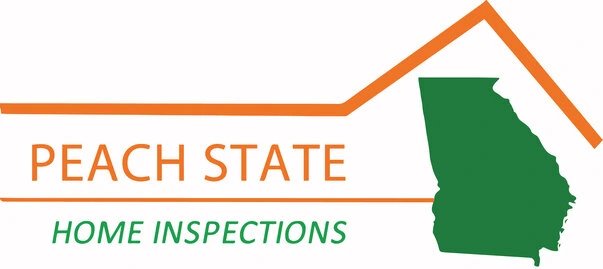

Our Services
What We Do
We offer comprehensive home inspection services designed to give you peace of mind when buying or selling a property. Our certified professionals use advanced tools and a proven process to ensure no detail is overlooked.


Who We Are
Over 10 Years of Trusted Home Inspections in Georgia
Peach State Home Inspections has served Georgia homeowners for over 10 years, providing thorough, buyer-focused inspections using advanced tools like infrared scanning and drone roof inspections. Our InterNACHI-certified inspectors deliver same-day, comprehensive reports—all backed by InterNACHI’s Buy-Back Guarantee. With a flat rate of $375 for homes up to 3,000 sq. ft., we offer reliable, risk-free service you can trust.
What Our Clients Are Saying
Read What Our Customers Have Said
Need a Reliable Home Inspection?
Contact our certified team today and get peace of mind for your property.
Why Choose Us
Reasons to Trust Our Services
- On-Time, Every Time
- Fixed Price
- Respect for Your Home
- Trusted Locally
- Trained and Certified Inspectors
- 100% Satisfaction Guarantee
Arrival
Our inspector arrives promptly, ready to inspect your property.
Inspection
Our inspector conducts a thorough inspection to identify any issues.
Get Report
You receive a comprehensive inspection report detailing our findings.
Quality Service & Local Knowledge
Our Service Areas
- Acworth
- Adrian
- Alamo
- Arnoldsville
- Athens
- Atlanta
- Auburn
- Augusta
- Austell
- Avondale Estates
- Ball Ground
- Barnesville
- Bethlehem
- Bostwick
- Brantley
- Braselton
- Brookhaven
- Brooklet
- Buckhead
- Buford
- Camak
- Canton
- Carl
- Chamblee
- Clarkston
- Coal Mountain
- Conyers
- County Line
- Covington
- Crawford
- Crawfordville
- Culloden
- Cumming
- Dacula
- Decatur
- Doraville
- Druid Hills
- Dublin
- Duluth
- East Dublin
- East Point
- Eatonton
- Ellenwood
- Fayetteville
- Flovilla
- Forest Park
- Forsyth
- Gibson
- Girard
- Gray
- Greensboro
- Griffin
- Hagan
- Hampton
- Hephzibah
- Holly Springs
- Irwinton
- Jackson
- Jenkinsburg
- Johns Creek
- Jonesboro
- Kennesaw
- Keysville
- Lake City
- Lake Oconee
- Lawrenceville
- Lexington
- Lilburn
- Lincolnton
- Locust Grove
- Loganville
- Louisville
- Lyons
- Macon
- Madison
- Marietta
- McDonough
- Metter
- Midville
- Milledgeville
- Millen
- Milner
- Milton
- Monroe
- Monticello
- Morrow
- Mount Vernon
- Mountain Park
- Newborn
- Norcross
- North High Shoals
- Norwood
- Olde Town Conyers
- Orchard Hill
- Oxford
- Peachtree City
- Portal
- Porterdale
- Powder Springs
- Pulaski
- Register
- Rentz
- Riddleville
- Riverdale
- Roswell
- Salem
- Sandersville
- Sandy Springs
- Sardis
- Smyrna
- Social Circle
- Soperton
- Sparta
- Statesboro
- Statham
- Stockbridge
- Stone Mountain
- Suwanee
- ...and other local areas
Free Consultation
Get a Free Quote


